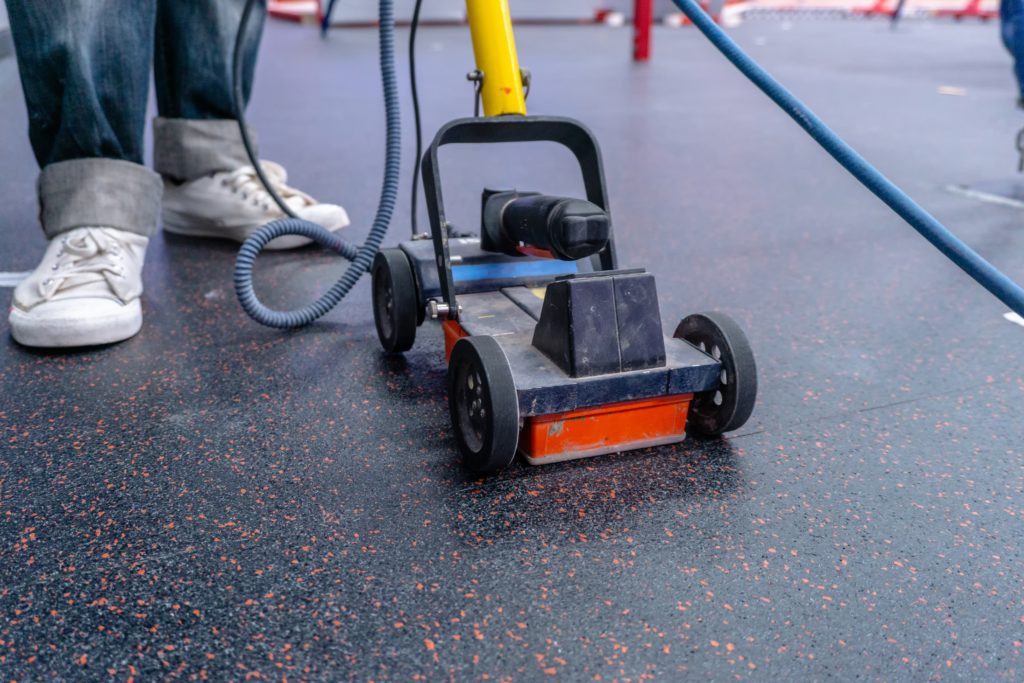
Ground Penetrating Radar (GPR) is a powerful technology that can help to detect objects beneath the surface of concrete and other materials. GPR uses electromagnetic waves to penetrate concrete and other surfaces, providing detailed images of what lies beneath them. This makes it an invaluable tool for construction projects, engineering surveys, archaeological investigations, and more. In this blog post, we’ll explore the basics of GPR technology – how it works, its advantages over traditional methods, and some steps required for successful survey results.
Ground Penetrating Radar (GPR) is an innovative technology used in a variety of applications. Essentially, it involves the use of high-frequency electromagnetic waves, which are transmitted into the ground and reflect back to the surface when they encounter an object or change in subsurface material. By analyzing these reflections, GPR can create an image of what lies beneath the surface. One popular use of GPR is in concrete inspection, where it can identify rebar, plumbing or other objects that lie hidden within the concrete. Other applications include mapping archaeological sites, locating buried utilities, and environmental assessments. With its ability to see the unseen, GPR is a valuable tool in a range of industries.
When it comes to inspecting concrete, traditional methods can be time-consuming and often inaccurate. That’s where ground penetrating radar (GPR) comes in. GPR uses high-frequency radio waves to detect changes in material composition and can provide more detailed information about what lies beneath the surface than traditional methods. Not only is it faster and more accurate, but it is also non-destructive, meaning it won’t damage the concrete being inspected. GPR can detect everything from rebar, pipes and plumbing to in floor heat, making it a valuable tool for engineers and construction professionals. In short, using GPR on concrete offers significant advantages over traditional methods and is rapidly becoming the go-to solution for projects that require thorough and accurate inspections.
Ground Penetrating Radar (GPR) can be used on a wide range of materials, including concrete. When it comes to using GPR on concrete, it’s essential to follow certain steps to ensure a successful survey. Firstly, it’s important to assess the site and get an understanding of potential obstacles or hazards that may affect the survey. Next, it’s crucial to select the correct frequency antenna for the survey as different antennas are suited for different depths and materials. To achieve accurate results, it’s necessary to calibrate the machine and make sure the data collected is clean. After the GPR data has been collected, it’s time to analyze and interpret the results, which may require additional expertise. Overall, following these steps will ensure a comprehensive and successful GPR survey, providing valuable information for a range of applications.
Ground Penetrating Radar is a powerful technology that can be used to inspect concrete and other surfaces. This innovative tool offers significant advantages over traditional methods, including speed, accuracy, and non-destructive testing capabilities. To ensure successful survey results with GPR on concrete, it’s important to assess the site beforehand, select the correct frequency antenna for the job, calibrate your machine correctly and analyze all collected data accurately. With its ability to see what lies beneath the surface of materials like concrete, Ground Penetrating Radar has become an invaluable asset in many industries.